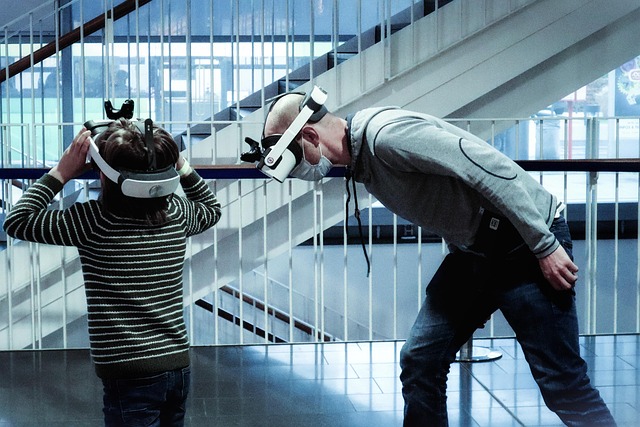As technology continues to evolve, the realms of virtual reality (VR), augmented reality (AR), and the metaverse are becoming increasingly intertwined, shaping our interactions with digital environments. At the heart of these innovations lies a pivotal element: haptic feedback. This technology bridges the gap between the digital and physical worlds, enabling users to experience sensations that bring virtual environments to life in unprecedented ways.
The essence of haptic feedback in VR is particularly transformative. When you don a VR headset, you don’t just see the world; you can feel it. Whether it’s the gentle vibration of a virtual breeze brushing against your skin or the impactful sensation of shooting a bow and arrow, haptic feedback provides physical cues that enhance realism. This immersion is crucial for building memorable, engaging experiences that truly captivate users. It goes beyond sight and sound, tapping into the tactile sense, where feelings and emotional responses are magnified.
In augmented reality, the role of haptic feedback is equally compelling. Imagine interacting with a digital object that appears to be right in front of you, like a 3D model of a car or an anthropomorphic character. Without the sensation of touch, these experiences can feel flat. Haptic technology ensures that when you reach out to touch these elements, you receive feedback—perhaps a pulse mimicking the weight of the object or a resistance that simulates texture. This makes the interaction feel genuine and enriches how we engage with both digital and physical elements in our surroundings.
As we venture further into the metaverse, haptic feedback becomes even more crucial. The metaverse promises a universe where interactions can be more than just screen-based; here, the boundaries of reality blur. This expansive environment requires sophisticated sensory solutions to make virtual interactions feel authentic. Imagine attending a virtual concert where you not only hear the music but also feel the bass reverberating through your body. This level of immersion creates a sense of presence—making users feel as if they are genuinely there” rather than just observing from afar.
Looking ahead, the potential applications of haptic feedback are vast. In gaming, it allows for a more engaging experience, helping players to connect with characters and scenarios on a deeper level. In education, it could transform how we learn by allowing students to feel historical artifacts or simulate complex scientific concepts through touch. In social interactions, haptic technology can foster emotional connections by enabling users to experience a handshake, a pat on the back, or even simple gestures that convey warmth and camaraderie in virtual spaces.
As we continue to explore and innovate within the realms of virtual reality, augmented reality, and the metaverse, haptic feedback will remain at the forefront of this evolution. It is not merely a tool for gaming or entertainment; it holds the potential to revolutionize how we perceive and interact with the digital world, lending a tactile dimension that resonates with our human experiences. The synergy between technology and sensation will ultimately define the future of our digital interactions.




